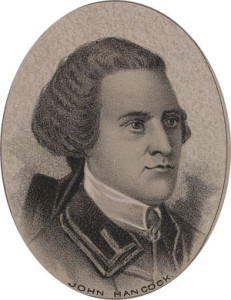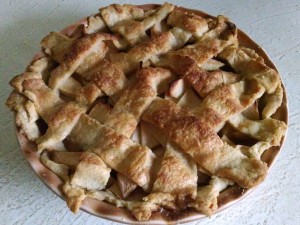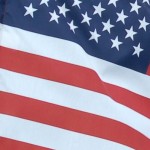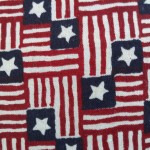
John Hancock
John Hancock (born Braintree, Massachusetts, 1737; died Quincy, Massachusetts, October 8, 1793) was an American patriot. He deliberately made his signature on the Declaration of Independence very prominent. His political activities irritated the British, and they started the famous march to Concord. After the war, he served as governor of Massachusetts for a number of years. Idea: Show the children a copy of the Declaration of Independence and his famous signature. Have a signature writing event where they try to copy his style. Jean Fritz wrote Will You Sign Here, John Hancock? Children might enjoy reading the book. Children could also learn more at: John Hancock.
Gertrude Belle Elion (born New York, New York, 1918; died Chapel Hill, North Carolina, February 21, 1999) was a scientist and inventor. In 1988 she was one of two people to earn the Nobel Prize in medicine for her work finding anti-leukemia drugs. In 1991 she became the first woman to be inducted into the National Inventors Hall of Fame. She received 45 patents before she died in 1999. Children can learn more at: Gertrude Belle Elion.
Joseph Hewes (born Kingston, New Jersey, 1730; died Philadelphia, Pennsylvania, November 10, 1779) signed the Declaration of Independence. He represented North Carolina. The son of Quakers, he started his career as an apprentice to a merchant. Soon he moved to North Carolina and became a very successful merchant using many ships. At first he opposed a break with England, but he changed his mind. He worked tirelessly to establish a navy for the colonies. However, he died before the Revolutionary War ended. Children could learn more at: Joseph Hewes.
Edouard Manet (born Paris, France, 1832; died Paris, France, April 30, 1883) was an impressionist painter. Born into a wealthy family, he counted Monet, Renoir, Degas, and Pissarro as friends. His brother married the painter Berthe Morisot. His paintings shocked the art community at the time. Children could visit a website at: Manet.


 Presidential Election Day Act was passed by Congress in 1845. It established the presidential election day as the Tuesday after the first Monday in November. Prior to this act, states established their own day for voting. The days varied from early November to early December, leading to chaos, voter intimidation, and fraud.
Presidential Election Day Act was passed by Congress in 1845. It established the presidential election day as the Tuesday after the first Monday in November. Prior to this act, states established their own day for voting. The days varied from early November to early December, leading to chaos, voter intimidation, and fraud.

